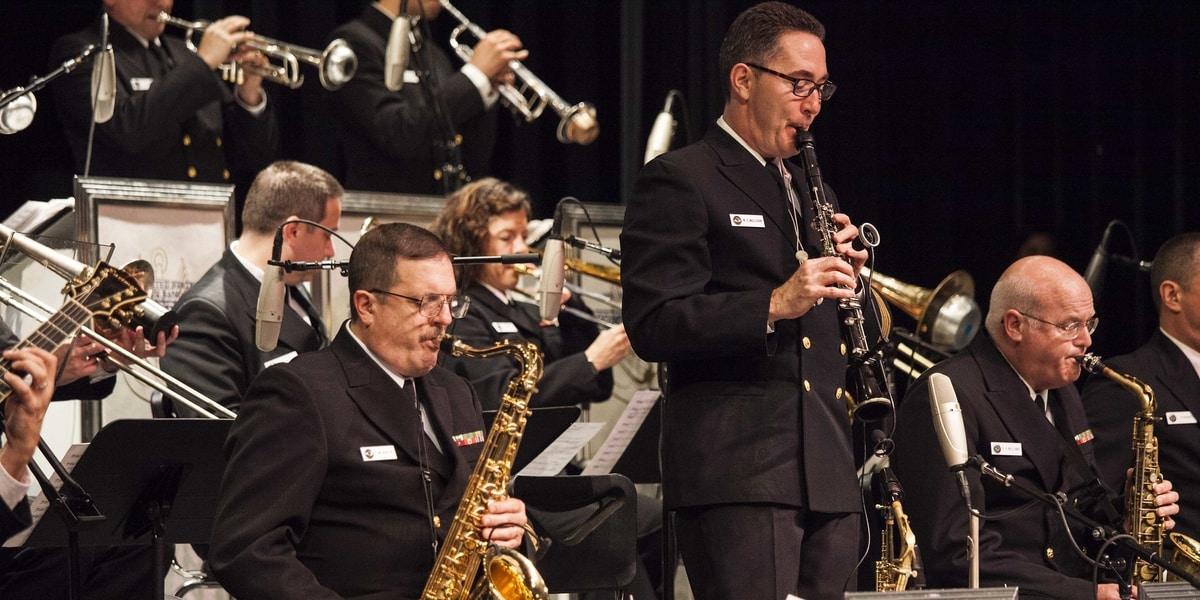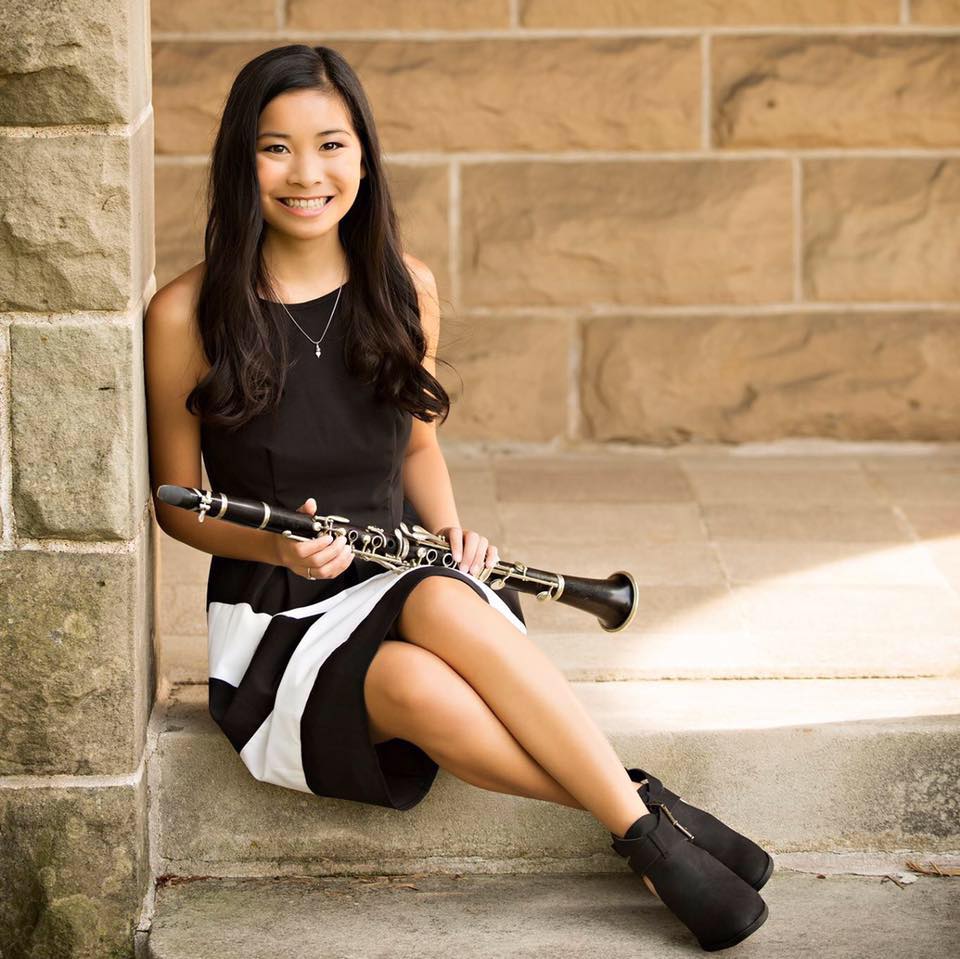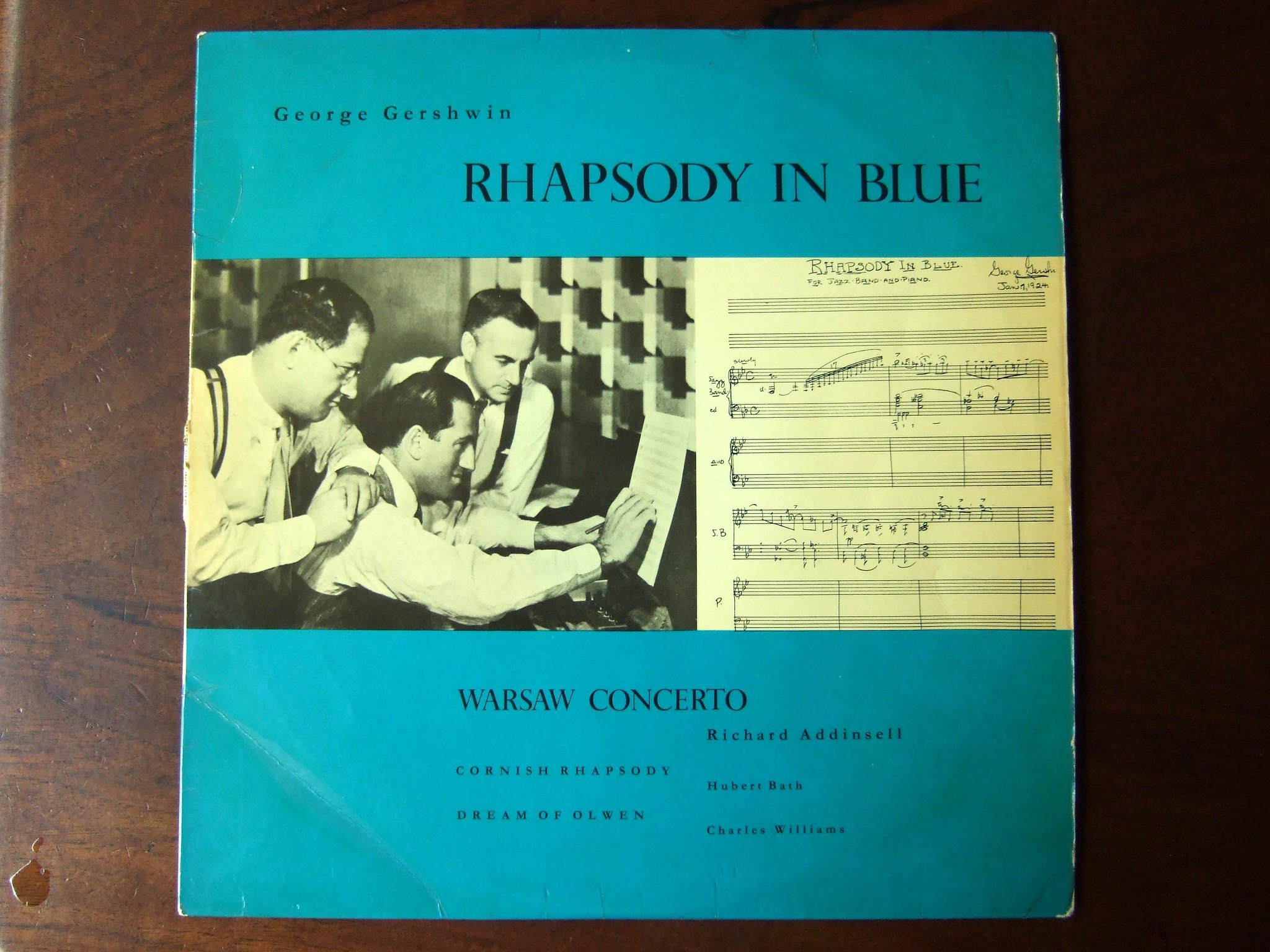Clarinet vs. saxophone is a topic that is talked about a lot between beginning band students and band directors. The clarinet and the saxophone are both single-reed, woodwind instruments, so what is the difference? This article will discuss the similarities and differences between the clarinet and the saxophone.
My main instrument is the clarinet, but I can also play the tenor saxophone. I started learning the tenor saxophone during my senior year of high school. Then, I was planning on being a music education major in college. I wanted to get a year of jazz band under my belt in case I didn't have time for it once I got into college. I could have played the clarinet in my jazz ensemble, but learning a new instrument intrigued me. The transition from clarinet to saxophone took a lot of patience and practice, but it is worth it.
History
The Development of the Saxophone
The saxophone was invented by Adolphe Sax, a Belgian instrument maker, in the early 1840s. Adolphe Sax was known for his work with brass and woodwind instruments. Adolphe Sax decided to create an instrument that combined the conical-bore body of brass instruments with the fingering system that woodwinds used and a single-reed mouthpiece.
In 1846, the saxophone gained popularity through French military bands. The saxophone was incorporated in solo and chamber music by European composers. The first saxophone instruction took place in Paris and Geneva before the 1850s. Adolphe Sax was the first saxophone professor at the Paris Conservatory. He taught more than 150 students from 1857 to 1870.
The most commonly played instruments in the saxophone family are the soprano, alto, tenor, and baritone saxophones. Other saxophone members include the sopranino, bass, and contrabass. These saxophones are rarely used unless the composer calls for them as color instruments. The fingerings are the same across all of the saxophones. The embouchure is mostly the same, the biggest difference being voicing/oral cavity. Music teachers will most likely start students on either the alto saxophone or the tenor saxophone.
The Development of the Clarinet
The clarinet is based on the chalumeau. The chalumeau was a peasant pipe that was played with a single reed. The chalumeau did not have a barrel or bell, it was shorter than the modern clarinet, it consisted of 7 tone holes, the range was an octave plus one note, and the instrument did not jump to the higher register when overblown.
The clarinet was invented in the 1700s by Johann Christian Denner, a Nuremberg instrument maker. Denner’s clarinet was longer than the chalumeau and featured a bell, a wider bore, eight tone holes, two keys, and a register key that allowed the clarinet to overblow a twelfth. The barrel and the mouthpiece were combined into one piece. Denner continued to make improvements on the clarinet with help from his son.
In 1812, Iwan Müller introduced a thirteen-key clarinet.
Theobald Boehm revolutionized the flute by adding a series of ring keys that wrapped around the diameter of the finger holes. When depressed, the finger covered an additional hole at a distance from the finger hole. Klosé and Buffet produced a clarinet that utilized the Boehm system. This clarinet consisted of seventeen keys and six rings that controlled 24 tone holes. The Klosé-Buffet clarinet is essentially the instrument that clarinetists use today throughout the world.
The clarinet also has a large family. The clarinet family includes the Eb clarinet, Bb clarinet, A clarinet, Eb alto clarinet, basset horn in F, Bb bass clarinet, and Bb contrabass clarinet. All of the clarinets have the same fingerings, making it easier for clarinetists to transfer between different clarinets. Since all of the clarinets are not in the same key, clarinetists need to understand clarinet transposition.
The most common clarinets are the Bb clarinet, A clarinet, and the Bb bass clarinet. The Eb clarinet and the Eb alto clarinet are sometimes used in ensembles to add specific colors to the music. The basset horn was used back in Mozart's time but is close to non-existent in many ensembles today.
Appearance
Saxophone
The saxophone body is one large piece. The only parts of the saxophone that are not attached are the mouthpiece, ligature and reed and the neck strap. The saxophone has four main parts: the neck, the body, the U-shaped bow, and the bell.
The neck of the saxophone is a conical, metal tube. The neck is the bridge between the mouthpiece and the body of the saxophone. The end of the neck that attaches to the mouthpiece is wrapped in cork. This provides a tighter seal between the neck and the mouthpiece. The cork also makes it easier for the mouthpiece to slide on and off. The octave key is located on the neck and is very fragile. Make sure to not hit and damage the octave key when assembling and disassembling the saxophone.
The body is made out of brass material. The mouthpiece can be made out of either hard rubber, plastic, or glass.
The bow of the saxophone is at the bottom end of the saxophone, also known as the "U". The bow minimizes the length of the saxophone. If the saxophone didn't have a bow, it would be an extremely long instrument.
The bell of the saxophone is where the sound waves are projected.
The saxophone's tone holes are not covered by the fingers, but rather by keys that have a leather padding underneath. Some tone hole keys stay open or closed by default. Other tone hole keys have to be opened and closed by the fingers pressing down specific buttons.
The saxophone has a conical bore. The body of the saxophone is made out of brass metal. The alto, tenor, and baritone saxophone are held up by neck-straps.
Clarinet
The clarinet is a single-reed instrument. The clarinet includes five parts: the mouthpiece, the barrel, the top, and bottom joints, and the bell. Each part is assembled by a careful twisting motion. The clarinet parts have cork on the ends to make assembly smoother.
The clarinet mouthpiece is similar to a saxophone mouthpiece. Both mouthpieces can be made out of either hard rubber, glass, or plastic. Both mouthpieces also formulate the sound and send sound vibrations through the instrument.
The barrel on a clarinet has a similar function as the neck on a saxophone. The barrel connects the mouthpiece to the rest of the instrument. The barrel also assists in tuning the clarinet. The neck of the saxophone should not be used to adjust the intonation.
The upper and lower joints of the clarinet are where all of the keys and tone holes are located, similar to the saxophone. The biggest difference is that the saxophone's body is all one piece, whereas the clarinet's body is split into two pieces.
The bell on a clarinet is similar to the bell on a saxophone. Both bells project the sound out of the instrument. The clarinet's bell attaches and reattaches, whereas the saxophone's bell is attached to the saxophone's body.
The clarinet has a cylindrical bore. The clarinet is made out of either grenadilla wood, plastic, or metal. Plastic clarinets are geared more towards beginners or for outdoor use. All clarinets come with open tone holes.
Clarinet and Saxophone Duets
Clarinet and Saxophone Duet sheet music of I Got Rhythm (from the Musical "Girl Crazy"). This Duet can be performed also with Soprano Saxophone (playing Clarinet Part) and Tenor Saxophone (optional 2nd voice Tenor Part included).
Musicians at an intermediate level and above will find this ideal for formal and informal performances. The melody is expressive and legato; both parts require dynamic contrast and the lower part, in particular, explores a wide range of the instrument. The overall performance time is around four and a half minutes.
Sound and Range
Saxophone
The saxophone produces different styles of sound depending on whether it's playing in a concert band or a jazz ensemble. In a jazz ensemble, the saxophone can sound sweet, sentimental, and full of vibrato or it can sound very raucous, round, and "in your face". In a concert band, the saxophone will most likely play with a sweeter tone and use less vibrato. Since the saxophone has a very distinct and projected sound, it must work hard to blend in with the rest of the ensemble in a concert band setting.
Soprano Saxophone
The soprano saxophone is a Bb instrument. Music for the soprano saxophone is written a major second below concert pitch. The soprano saxophone's range starts at Ab3 and ends at F5.
Alto Saxophone
The alto saxophone is an Eb instrument. Music for the alto saxophone is written a major 6th down from concert pitch. The alto saxophone's range starts at Db 3 and ends at Bb 5.
Tenor Saxophone
The tenor saxophone is a Bb instrument. Music for the tenor saxophone is written a major 9th down from concert pitch. The tenor saxophone's range starts at Ab 3 and ends at A5.
Baritone Saxophone
The bari saxophone is an Eb instrument. Music for the bari saxophone is written a major 13th down from concert pitch. The bari saxophone's range starts at Db 3 and ends at Bb 4.
Clarinet
Eb Clarinet
The Eb clarinet is an Eb instrument. Music for the Eb clarinet is written a minor 3rd above the written pitch.
Bb Clarinet
The Bb clarinet is a Bb instrument. Music for the Bb clarinet is written a major second higher from concert pitch. The Bb clarinet's range starts at E3 and goes to G6.
A Clarinet
The A clarinet has the same range as the Bb clarinet, but the A clarinet sounds a whole step lower.
Bass Clarinet
The bass clarinet is in the key of Bb. Music for the bass clarinet is written a major second higher from concert pitch. The bass clarinet's range starts at Eb3 and ends at G6.
Fundamentals
I started playing the tenor saxophone in my senior year of high school. My high school had a great jazz program that I wanted to be a part of. I could have played the clarinet and read the tenor saxophone music, but I wanted to experience playing a new instrument.
Embouchure
The transition from clarinet to saxophone was not difficult in regards to fingerings. The hardest transition was going back and forth between clarinet embouchure and saxophone embouchure.
The clarinet's embouchure is much more firm and tight, whereas the saxophone's embouchure is quite loose. To form a saxophone embouchure, make an O shape with your mouth and then pinch the corners of your mouth inward. With clarinet, we want our embouchure to be very condensed. With saxophone, our embouchure is long and open. If saxophone embouchure is condensed, chances are the pitch will become sharp and thin. Since the reed is horizontally angled in our mouth, condensing our embouchure will pinch the reed against the mouthpiece.
Voicing
Because the mouthpieces are angled differently in the mouth, the voicing for the clarinet and the saxophone are vastly different. For the clarinet, the position of the throat changes depending on which register is being played. For the low register, the throat should be open as if you were saying "oh". As you start playing higher, the throat should change from the "oh" shape to a "hee" shape. In other words, the back of the tongue should be getting higher.
For the saxophone, the throat should remain open. An open throat allows all of the air from your diaphragm to travel into the mouthpiece. As you start playing higher on the saxophone, the throat should remain open.
Holding Position
The holding position for the saxophone is different than the clarinet. The clarinets, except for the contrabass clarinet, is held between the legs. The saxophones are most commonly held to the right of the player. The alto saxophone can be held either between the legs or to the right side of the player, depending on the comfort level. The rest of the saxophones must be held to the right side of the player, due to their large size.
Coloristic Effects
Saxophone
The coloristic effects that the saxophone uses in music are vibrato, growling, slap or smack tonguing, and bending notes.
Clarinet
The clarinet has fewer colorist effects than the saxophone. The clarinet utilizes glissandi, bending notes, and vibrato. Clarinet vibrato is most commonly only heard in jazz music.
Maintenance
Maintenance for the clarinet and the saxophone are very similar. Both instruments should be swabbed out after each time it is played. Swabs with bristles should not be used to clean out the inside of both instruments because it could potentially scratch the insides.
The clarinet and saxophone mouthpiece should be cleaned about every month or so. Use a soft cloth and a 50/50 solution of lemon juice or vinegar and water to clean it.
Sticky pads on both the clarinet and the saxophone can be cleaned with ungummed cigarette paper. To do so, place the cigarette paper under the pad and press the key down until the pad touches the tone hole. Gently pull the cigarette paper out. Repeat this process until the pad is no longer sticky. Of course, this solution can only help the pads for so long. Pads will wear out and will need replacing by a music technician.
It is helpful to have a small jewelry screwdriver in your case for when screws are loose or fall out. If specific screws consistently become loose, dab a small amount of white glue or clear nail polish on the head of the screw, after it's screwed it, and this will temporarily prevent it from falling out.
Clarinetists and saxophonists should purchase a high-quality clarinet reed case and saxophone reed case to protect their reeds and to keep them in good condition.
Ensemble
Clarinets and saxophones are seen in both concert bands and jazz ensembles. Seeing clarinets in the jazz band depends mostly on which saxophonists can double on the clarinet and if there are clarinetists who can master the clarinet sound necessary for jazz.
The saxophone was rarely used in the orchestra. The invention of the saxophone came much later than the classic string and woodwind instruments found in the orchestra. Furthermore, the intention of the saxophone was to be played in big bands so orchestral composers didn't write for saxophone. As times changed, composers like Mussorgsky began writing saxophone into the orchestral scores. Modern-day composers are starting to incorporate the saxophone into the orchestra.
Closing
The clarinet and the saxophone are two incredibly fun instruments. As a clarinetist, I love having the skills to also play the saxophone. I highly recommend learning a saxophone and being a member of a jazz ensemble. If being a member of a jazz ensemble is not an option, I still recommend finding the opportunity to learn the saxophone. Through technology, it's becoming easier to teach yourself new instruments. There are plenty of resources on Youtube that can help teach you saxophone!






